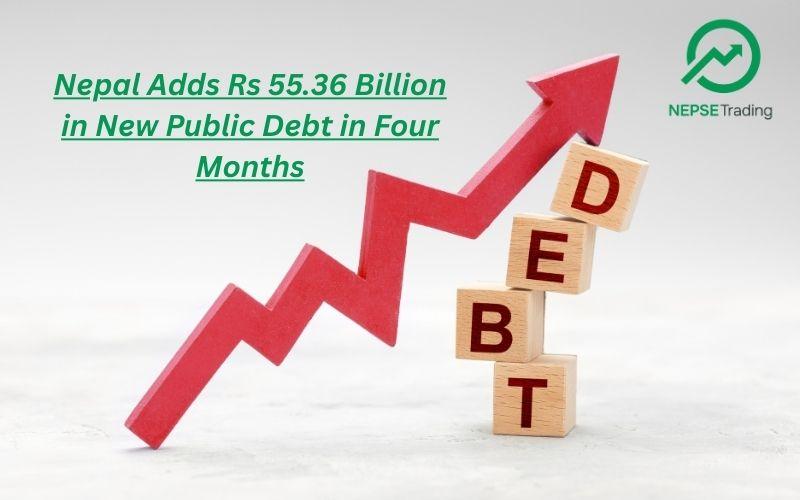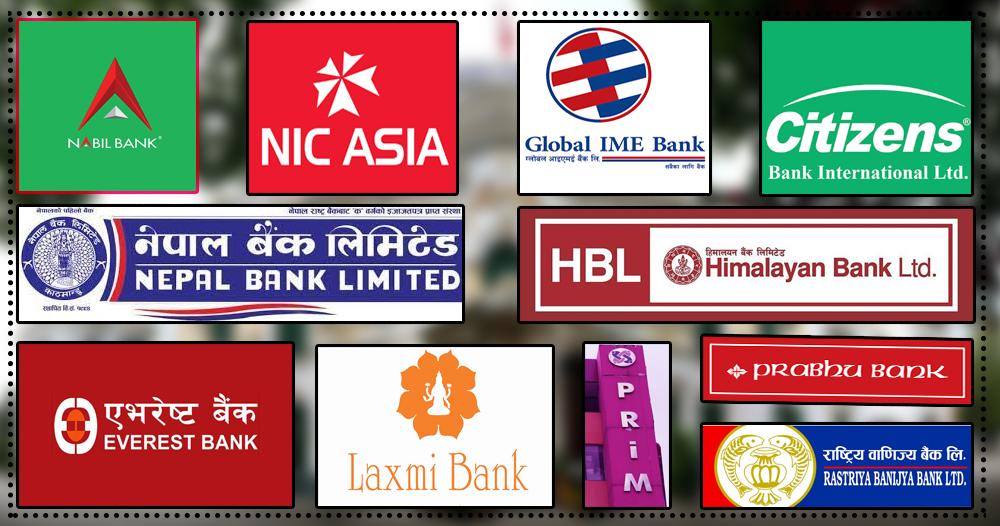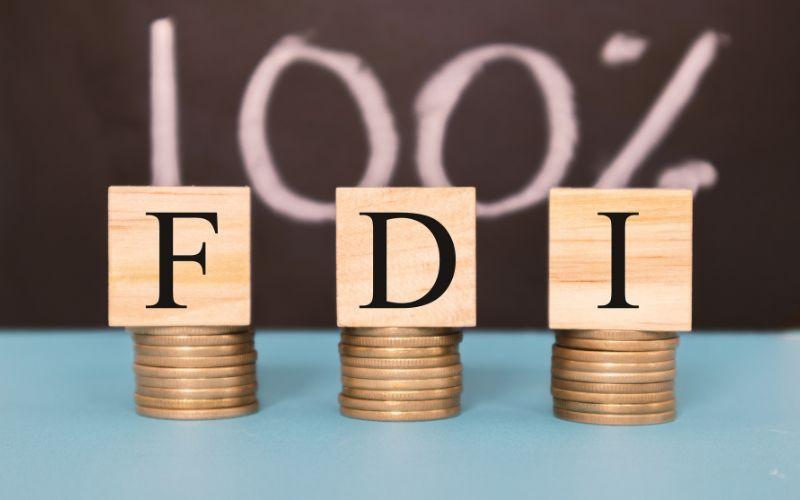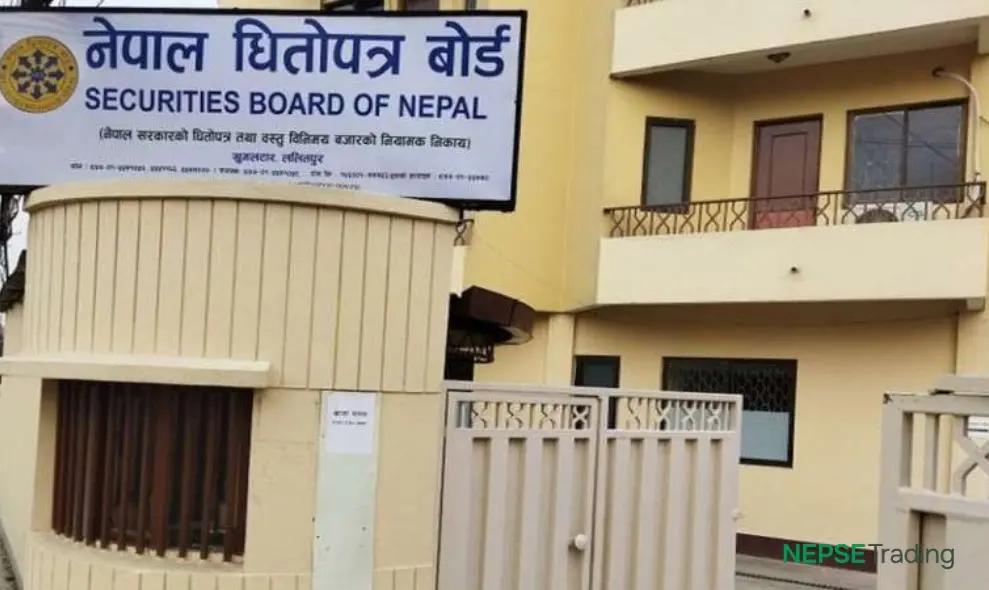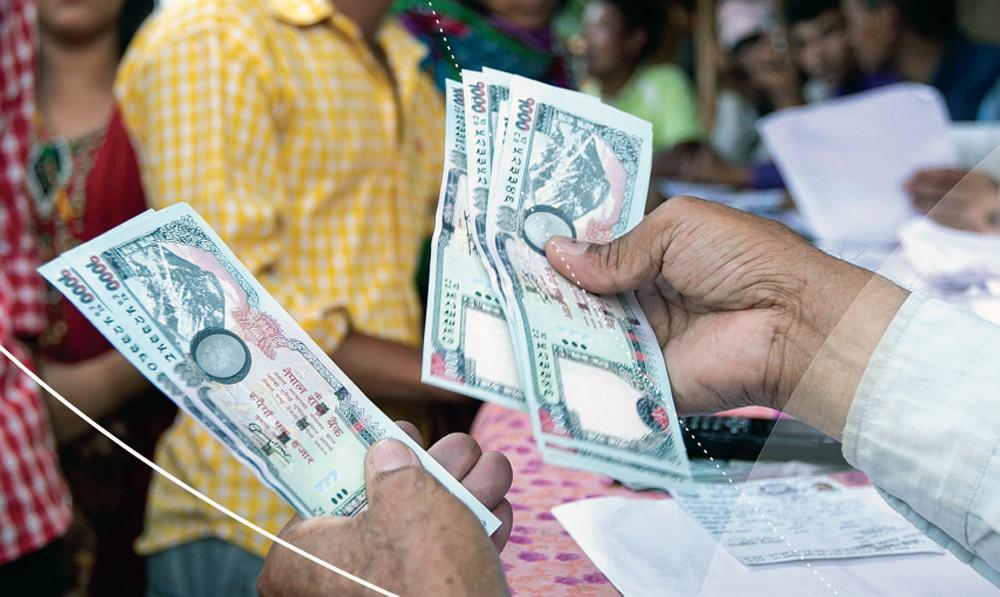By Dipesh Ghimire
Nepal Adds Rs 55.36 Billion in New Public Debt in Four Months, Debt Servicing Now Outpaces Borrowing
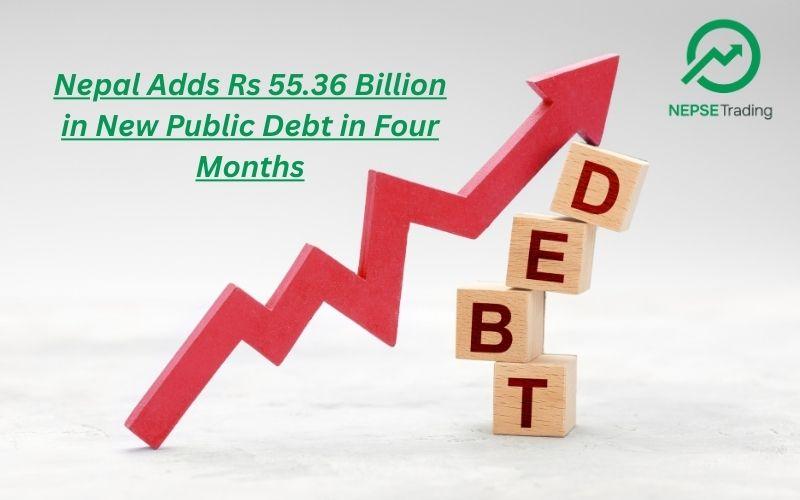
Nepal’s public debt burden continued to rise in the first four months of the ongoing fiscal year 2082/83, with the government adding Rs 55.36 billion in new liabilities between Shrawan 1 and Kartik-end. According to the Public Debt Management Office (PDMO), the country’s total public debt has now climbed to Rs 27.29 trillion, accounting for 44.69 percent of the projected national Gross Domestic Product (GDP). The National Statistics Office estimates that Nepal’s GDP will reach Rs 6.17 trillion this year.
The data suggests that while Nepal’s debt-to-GDP ratio has not yet crossed globally dangerous thresholds, the rate at which debt is accumulating—and more importantly, the pace at which debt must be serviced—has become an increasingly significant macroeconomic concern for the nation.
Debt Accumulation Since the Start of FY 2082/83
At the beginning of the fiscal year, Nepal’s outstanding public debt stood at Rs 26.74 trillion. By Kartik-end, it had reached Rs 27.29 trillion, reflecting a net addition of Rs 55.36 billion. The rise in public borrowing during this period is modest compared to previous fiscal years, yet the overall size of total debt has continued its steady upward trend.
This increment reflects the government’s ongoing need to finance fiscal deficits, support social sector spending, and manage regular administrative costs. However, analysts note that despite the rise in debt, Nepal’s capital spending continues to remain low, raising questions about whether the borrowed funds are being channelled into productive investments.
Debt Composition: Slightly Higher Reliance on External Borrowing
The structure of Nepal’s public debt shows that external borrowing comprises 53.25 percent of total liabilities, while domestic borrowing accounts for 46.75 percent. In absolute terms:
External debt: Rs 14.53 trillion
Domestic debt: Rs 12.75 trillion
The external debt figure reflects Nepal’s long-standing dependence on concessional loans from international development partners. These loans typically come with lower interest rates and longer repayment schedules. Domestic borrowing, however, tends to be costlier, and its rising share can contribute to greater pressure on domestic liquidity and interest rates.
Debt Mobilization Far Behind Annual Targets
The government has set a target of mobilizing Rs 595 billion in public debt for FY 2082/83. But by the end of Kartik, only Rs 138.75 billion, or 23.29 percent, had been mobilized. This marks a slow start and highlights Nepal’s persistent challenges in executing debt-funded programs.
Breakdown of the four-month debt mobilization:
Domestic borrowing: Rs 120 billion (33.15% of annual target)
External borrowing: Rs 18.75 billion (8.03% of annual target)
The sharp underperformance in external loan mobilization indicates either procedural delays, slow disbursements from development partners, compliance-related bottlenecks, or challenges in project readiness. In many cases, multilateral and bilateral lenders require specific milestones and conditions to be met before releasing funds—conditions that Nepal fails to meet on time.
Debt Servicing Exceeds New Borrowing—A Critical Fiscal Warning
One of the most alarming findings in the PDMO data is that Nepal paid more in debt servicing than the amount it borrowed during the four-month period. A total of Rs 150.88 billion was spent on loan repayment, exceeding the Rs 138.75 billion borrowed.
This means Nepal has entered a phase where servicing old debt is costing more than acquiring new debt, which is a sign of escalating fiscal pressure.
Breakdown of debt servicing:
Domestic debt servicing: Rs 131.65 billion (38.32% of annual allocation)
External debt servicing: Rs 19.23 billion (28.51% of annual allocation)
The government has allocated Rs 411.01 billion for total debt servicing this year, and already 36.71 percent of that amount has been spent in just four months. This early concentration of repayment obligations reduces fiscal flexibility and could force the government to compress other expenditures, especially capital spending.
Debt Servicing Burden Relative to the Economy
By Kartik-end, Nepal’s debt servicing had reached 2.47 percent of GDP—a level that, while not catastrophic, suggests growing pressure on the country’s fiscal health. For a developing economy with limited revenue generation capacity and a narrow tax base, rising debt servicing obligations can crowd out essential economic expenditures, including infrastructure investments, social welfare programs, and capital projects.
Economists caution that if the debt servicing trend continues, the government may need to allocate an increasingly larger share of its budget to repayment obligations, potentially compromising long-term development priorities.
Internal vs External Debt Repayment Patterns
The PDMO figures show that the majority of the repayment burden lies with domestic debt. This is largely because domestic loans—such as treasury bills and development bonds—carry higher interest rates and shorter maturity periods. As a result, the government must frequently refinance or repay these obligations.
Meanwhile, the smaller share of external debt repayment reflects the concessional nature of foreign loans, which generally include grace periods and low interest rates. Nonetheless, as the external debt stock rises, the pressure on foreign exchange reserves in future years will also increase, raising concerns about long-term external stability.
Weak External Loan Mobilization: Implications for Development Projects
The data reveals that Nepal has mobilized only 8.03 percent of its external loan target so far. This underperformance can slow down development projects, particularly infrastructure programs that rely heavily on foreign-financed loans. Delays in donor disbursements often stem from:
Slow project implementation
Failure to meet procurement conditions
Administrative bottlenecks
Weak institutional coordination
This is a recurring problem in Nepal’s development planning, where borrowed funds remain unutilized while debt obligations continue to accumulate.
Fiscal Sustainability Under Growing Pressure
Overall, Nepal’s debt situation remains within a manageable threshold, but the underlying trends point toward growing fiscal vulnerabilities. The combination of sluggish revenue growth, high recurrent expenditure, weak capital spending, and rising debt servicing obligations could push Nepal toward more aggressive borrowing in the coming months.
If external borrowing remains weak, the government may resort to more domestic borrowing, which could further tighten liquidity in the banking sector and elevate interest rates—potentially affecting private sector investment.
The rising gap between borrowing and debt servicing also signals that Nepal must focus on improving fiscal discipline, strengthening revenue administration, and enhancing the efficiency of public spending.
Nepal’s public debt increased by Rs 55.36 billion in the first four months of FY 2082/83, reaching Rs 27.29 trillion—44.69% of GDP. While the debt level itself remains within acceptable limits, the more serious challenge lies in the fact that debt servicing (Rs 150.88 billion) has already exceeded new borrowing (Rs 138.75 billion).
Weak external loan mobilization, heavy dependence on domestic borrowing, and rising repayment obligations underline the growing fiscal pressure on the economy. Unless corrective measures are adopted, Nepal may face increasingly constrained fiscal space, affecting its ability to fund development projects and sustain economic recovery.
